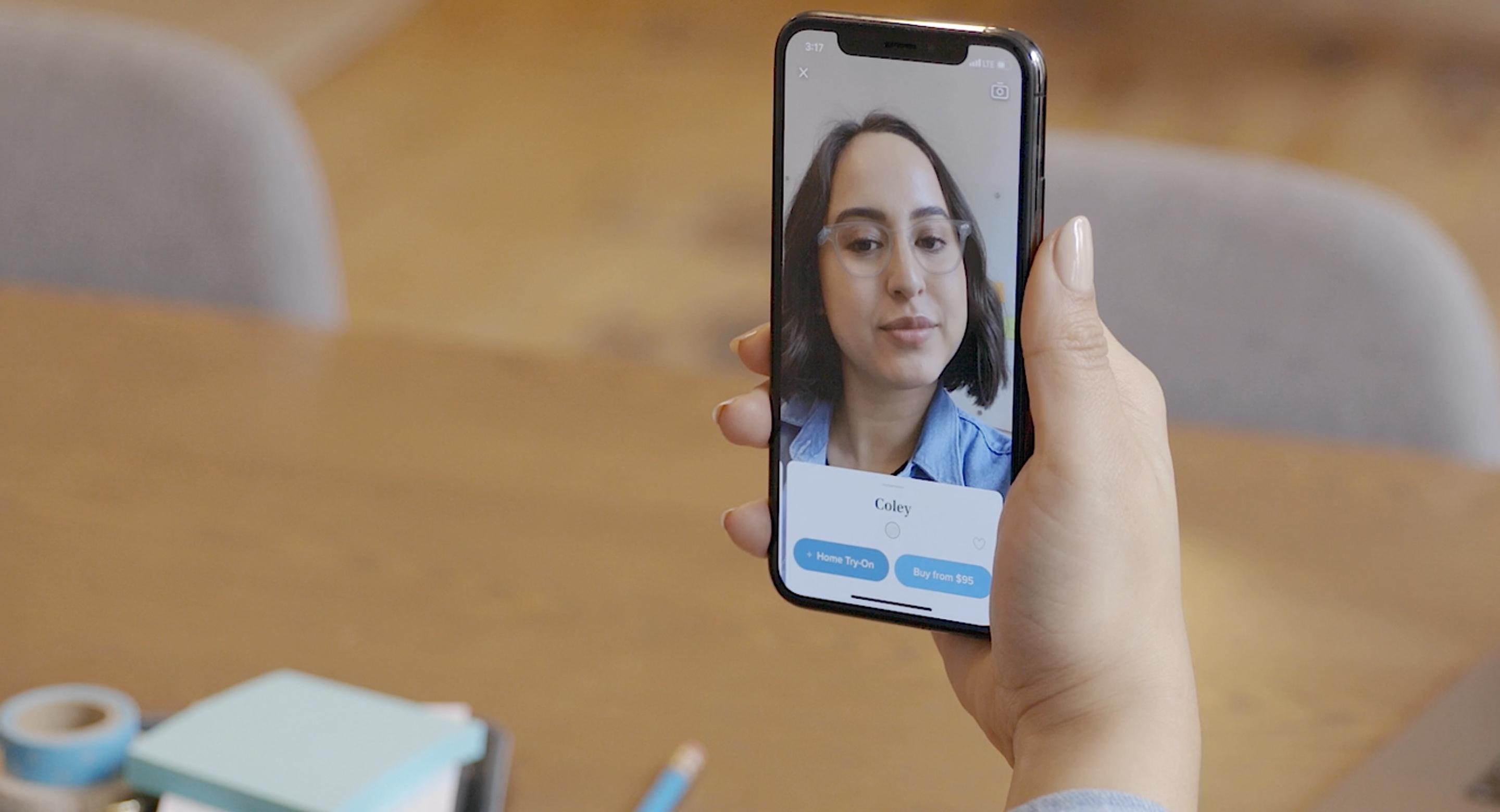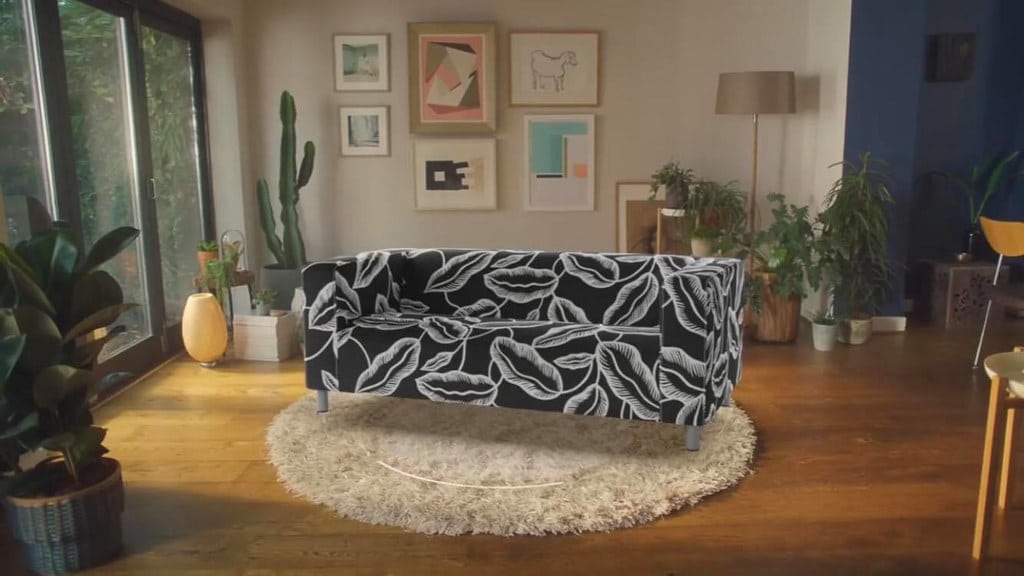A Facilities Director located in Orlando, FL was working on a refresh of his hospital’s power switch infrastructure. He has narrowed his search between two competitive products from “Company A” and “Company B”. He wants to see each product before he finalizes his decision and time is tight.
Company A is located in Illinois and Company B is in New Jersey. Company A offers to fly the Facilities Director and his lead engineer to Chicago to view the 3000-pound power switch. This requires the Facilities Director and his engineer to be away from the office for 2 full days to accommodate travel. They would fly early on a Monday morning and arrive home very late Tuesday night. Due to scheduling, the first available chance to visit is in 10 days.
Company B is located in New Jersey. They have already created an interactive 3D model of their 3000-pound power transfer switch in Virtual Reality (VR). Company B has a field rep in the area who receives a VR Headset overnight. The following morning, she meets with the Facilities Director, his lead engineer and two other stakeholders. They use the VR headset to view and interact with the power transfer switch model. The team is satisfied that the switch meets their needs and impressed with how quickly Company B could accommodate their request. They decided to avoid 2 long days of unnecessary travel and being away from work to visit Company A. They closed the deal with Company B the very next day
“LUCK IS WHEN PREPARATION MEETS OPPORTUNITY.” ~SENECA.
Company B realized that requiring clients to travel to their corporate HQ “showroom” was inconvenient for some clients. They also understood that being responsive and bringing their product to anyone at any time allowed them to reach many more clients much more quickly. Rather than spending money on airfare and hotel rooms, they can invest in expanding their reach and growing their business.
ASCO Power Technologies (owned by Schneider Electric) is an example of one such company. They saw the need to put the client first. In doing so, they expanded their ability to showcase their transfer switches to clients around the world when a visit to their New Jersey HQ was impractical. ASCO has begun creating a virtual showroom of their products along with 360-degree videos so clients can interact, learn and make better decisions more quickly. Click here for a complete case study on this project.
A WHOLE NEW WORLD – Virtual Product Placement
What about products that are complementary or don’t really require an entire environment to showcase?
Companies like Trivver have thought of that. Entire worlds are being built in VR that may provide an excellent environment to showcase your company’s product. Saritasa developed a Virtual Advertising Exchange platform that allows brands to be dynamically placed inside Virtual Reality environments. For example, a company who creates virtual home tours may want to monetize their experience by incorporating paid placement of a certain coffee brand on the kitchen counter. Trivver can provide an opportunity for the coffee brand to appear in the virtual environment to the right clients at the right time.

HOW DO I LOOK? – Virtually Try Before You Buy
Shopping online has become a way of life for many. According to statista.com, by 2023, 90.8 percent of US Internet Users will make a purchase online. The largest category of e-commerce sales is fashion-related (57%). This presents a tremendous opportunity and an enormous challenge for brands who want to stand out. It can be especially difficult for fashion products that consumers prefer to try before they buy.
Warby Parker used Augmented Reality (AR) to conquer these issues. The fashion-forward eyeglass brand created an AR application that allows a person to simply choose a frame style and see their new look from any angle with remarkable accuracy. The use of AR allows them to stand out from their competitors and drive consumers to try their product.
 Image: Warby Parker
Image: Warby Parker
BOTTOM’S UP! –Digitally Enhanced Food Experiences
Maybe a company is focused on creating an experience to accompany their product. Food and beverage products can be a good example of this. For instance, how many people actually know how to read a wine label?
One of the world’s largest wine companies, Treasury Wines Estates, created an app called “Living Wine Labels” to help. The app shows interesting and informative AR content, such as the history of the vineyard the wine came from or tasting notes for the wine. Both fun and informative.
Showing is better than telling, which is why VR can be powerful for brands looking to convey a message. Rather than telling consumers that your sustainable, grass-fed beef is “better”, create a VR experience where the person can run through the pasture with the “happy cows.” By creating an experience for your customers, your brand becomes more memorable.
 Image Credit: Living Wine Labels
Image Credit: Living Wine Labels
NO ASSEMBLY REQUIRED – Augmented Reality Home Design
As one looks around their apartment or home, undoubtedly there’s a spot that needs filling, organizing or rearranging. Many home goods brands are developing Augmented Reality apps to help solve that problem. One of the first was IKEA. A simple point, tap, and click will place their furniture items anywhere for 360 viewing. Simplifying the buying process with virtual “try before you buy” has been a major success for IKEA. Because let’s face it, nobody wants to dry-fit a 45-piece dresser just to see if it fits in with your child’s bedroom.
 Image Credit: Ikea
Image Credit: Ikea
TO INFINITY AND BEYOND!
Hopefully these examples helped illustrate how companies and brands of all types can leverage immersive technology. The technology is advancing rapidly, especially with tech companies like Apple and Google making major investments in both hardware devices and their software platforms. Now is the time to learn more and begin including VR and AR in your go-to-market plans. Explore the endless possibilities to share products and brands with anyone, anywhere, at any time!
Recommended for You
Check out related insights from the team
Get empowered, subscribe today
Receive industry insights, tips, and advice from Saritasa.